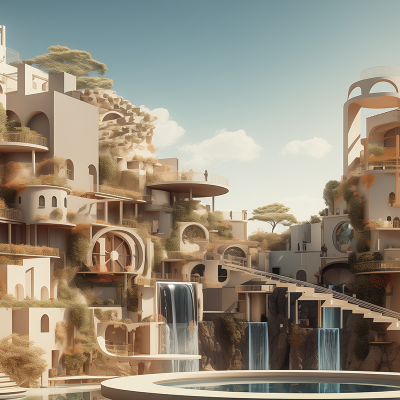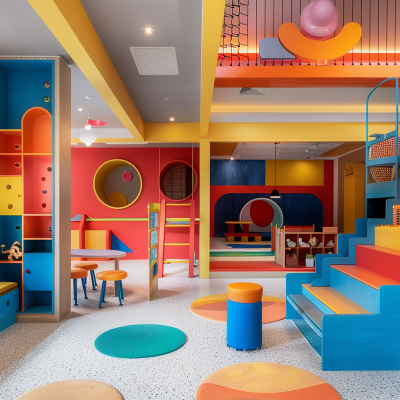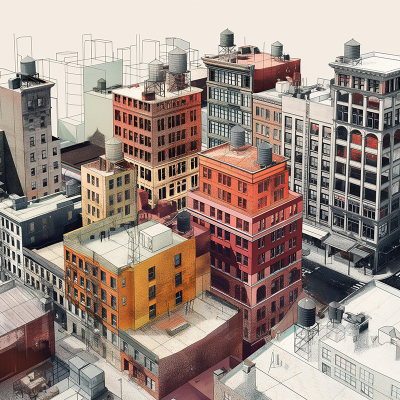Part 3 THE AI DEEP DIVE - AI Shaping the Industry
2024.05.02
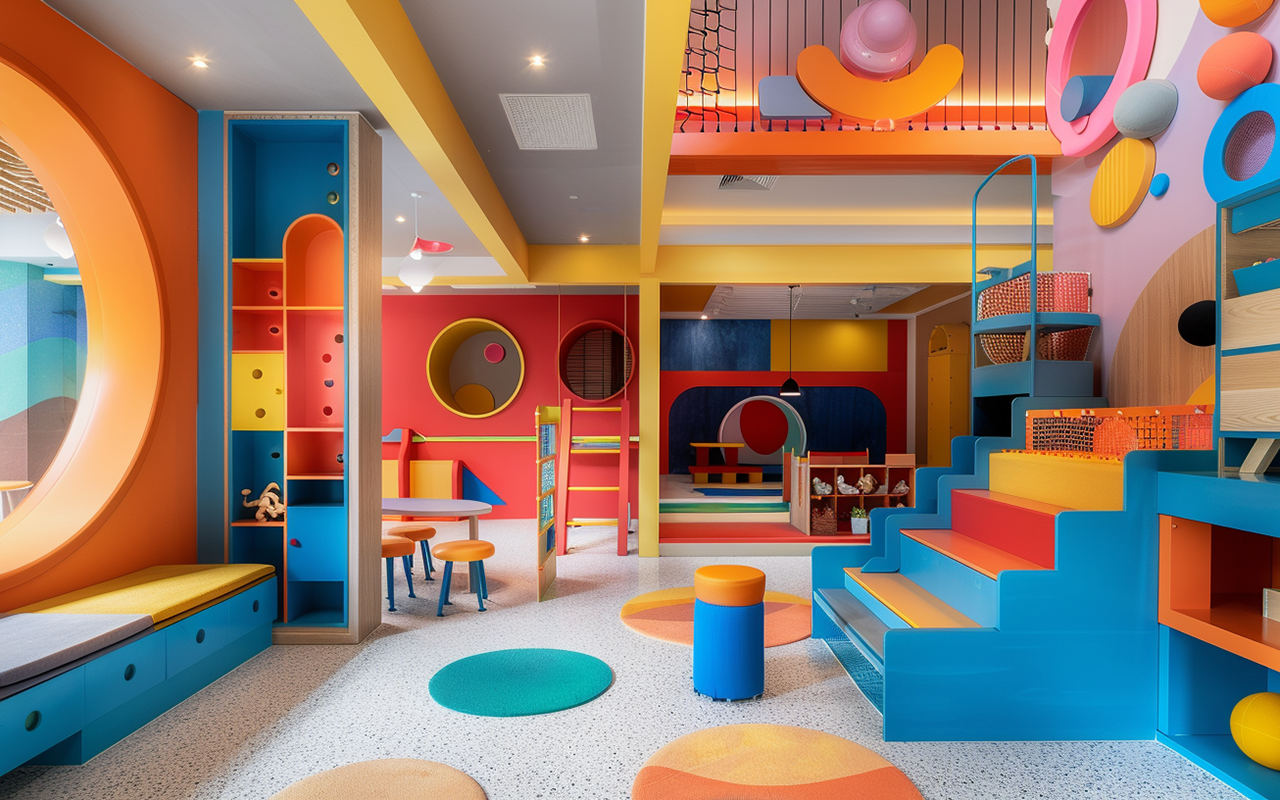
Welcome back to our ongoing series on the cutting edge of artificial intelligence’s applications and relevance in the architecture and design industry. See our previous post here.
The realm of architecture is experiencing an unprecedented revolution, thanks to Artificial Intelligence (AI). With a focus on enhancing efficiency, creativity, and real-time solutions, AI is steering innovative design conceptualization towards practical construction solutions. In this blogpost, we will delve into the cutting-edge AI generative software that is actively shaping contemporary architecture.
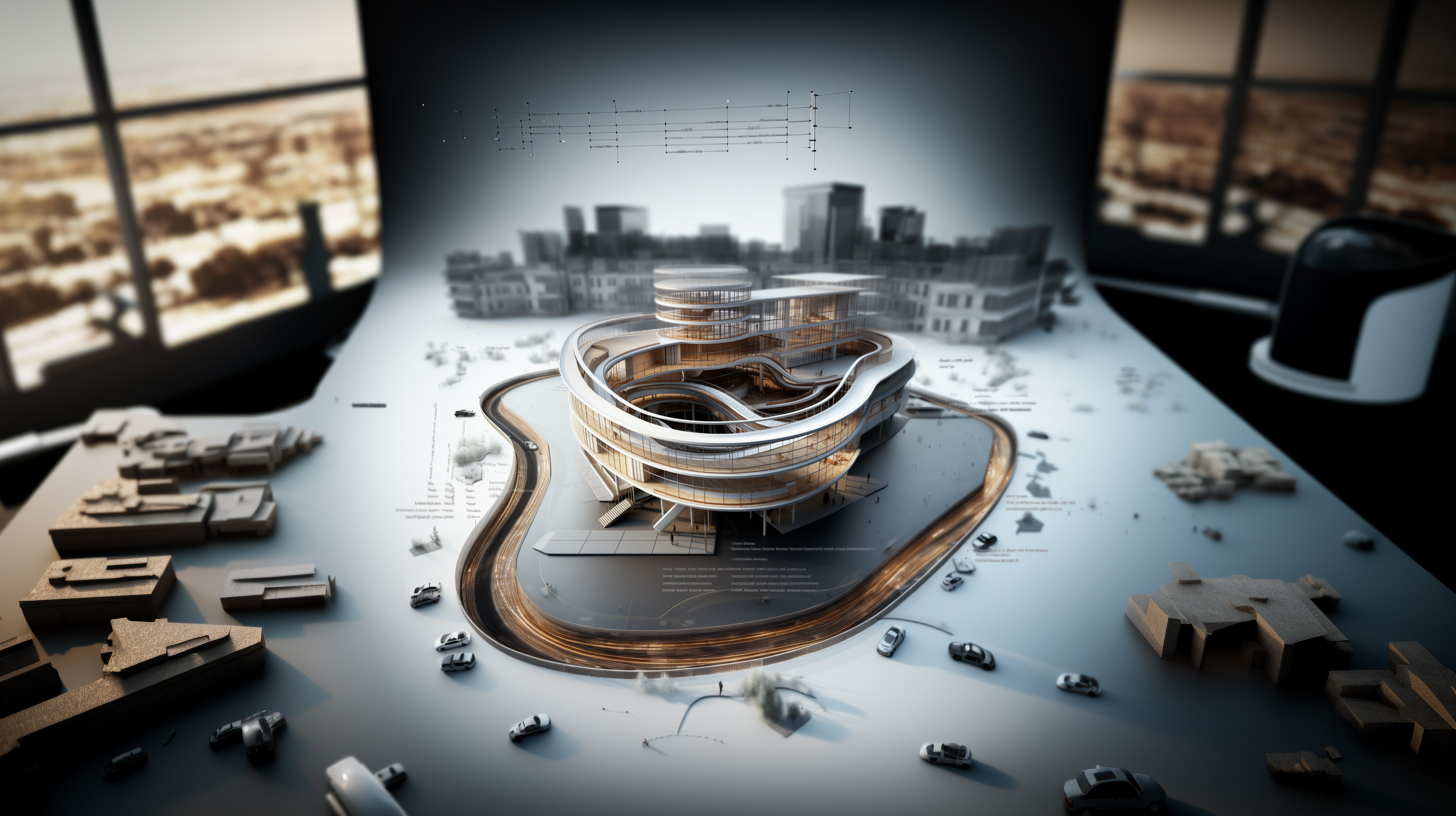
In the sphere of architectural AI generative software, there are two primary categories: explorative and feasibility software. Explorative software forms the backbone of pioneering architectural firms' strategies during the schematic design phase. Companies use already well known programs like Midjourney, Firefly, and Dall-e to push the boundaries of conventional design.
These tools enable the creation of visually stunning conceptual designs and 3D models, incorporating elements that may not exist or are yet to be discovered. They stimulate the imagination, offering a playground for "what-ifs" without the immediate concern of constructability.
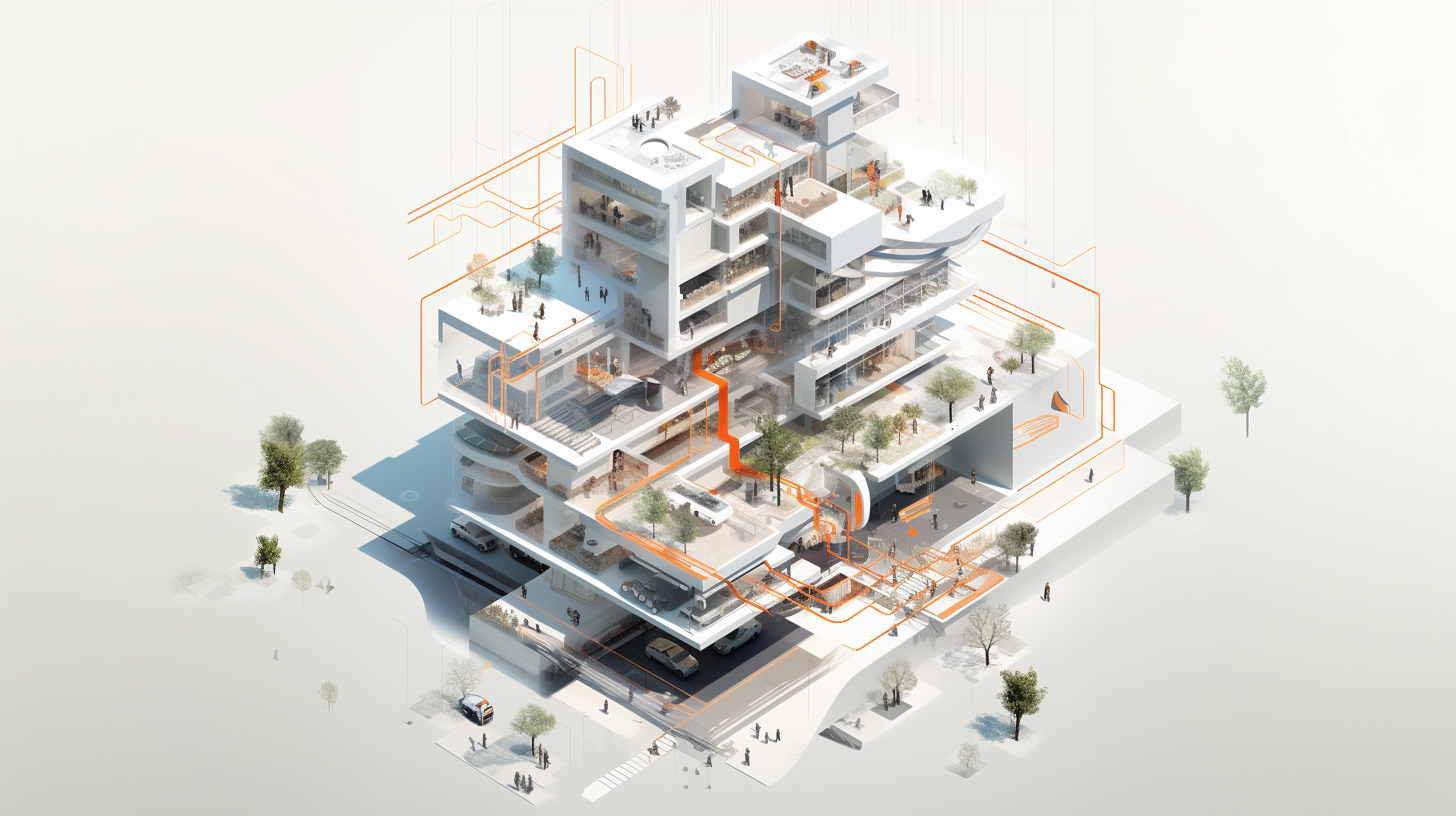
A playground for "what-ifs" without the immediate concern of constructability.
Conversely, feasibility software caters to a more practical segment of the market: real estate developers and efficiency-oriented architectural firms. These entities often handle repetitive work and predominantly undertake residential projects and the software generally operates on a straightforward input-output basis, reflecting its parametric nature.
Examples include "maket.ai," which automates residential floor plans and 3D renders, streamlining the design process significantly. "Virtual Staging AI" transforms empty property photos into fully furnished, inviting spaces, perfect to be used for real-estate when selling. Similarly, "spacio.ai" enables architects to design, analyze, and run compliance control on properly structured building models, enhancing the compliance of projects.

Feasibility software caters to a more practical segment of the market: real estate developers and efficiency-oriented architectural firms.
Beyond staging, other dynamic AI tools in the market facilitate rapid layout generation for known sites. These sophisticated programs can process a range of parameters, from bedroom and unit counts to parking and zoning requirements. For example, "architectures" generate optimal building designs in real-time on a given site, considering critical urban development metrics such as sound, light, and movement. This capability optimizes the layout based on environmental and regulatory constraints, showcasing the potential of AI in creating efficient and compliant designs.
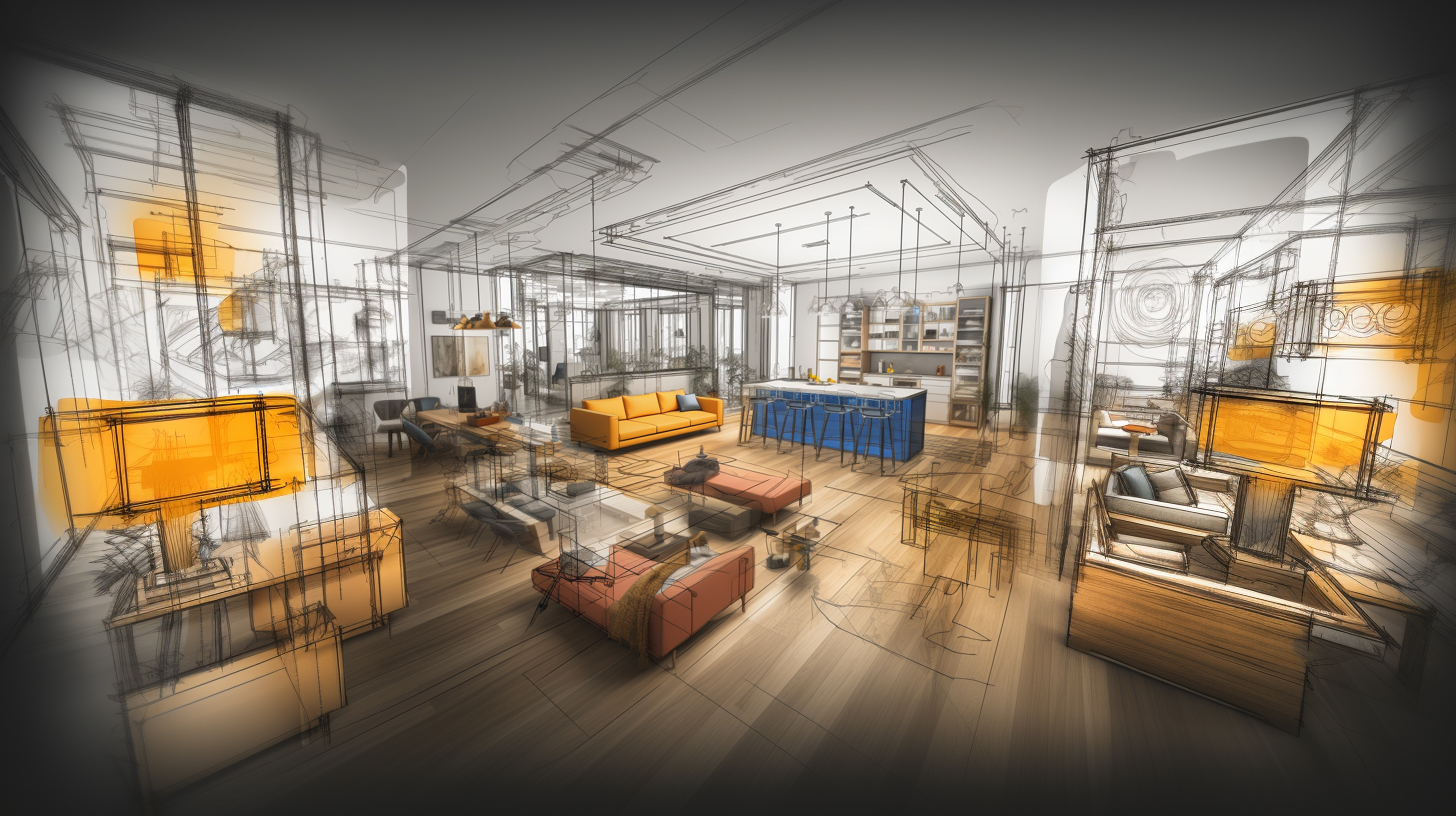
The advent of AI in architecture marks a transformative phase in the industry. While explorative software broadens the horizon of creative possibilities, feasibility software offers concrete solutions that enhance operational efficiency. Together, they signify a new era where technology meets creativity, redefining traditional practices.
Architects, real estate developers, and designers are now equipped with greater resources to blend imagination with pragmatism. As these tools continue to evolve, they promise to unlock new potential in architectural design and implementation. We will follow these developments closely.
Architects, real estate developers, and designers are now equipped with greater resources to blend imagination with pragmatism.




